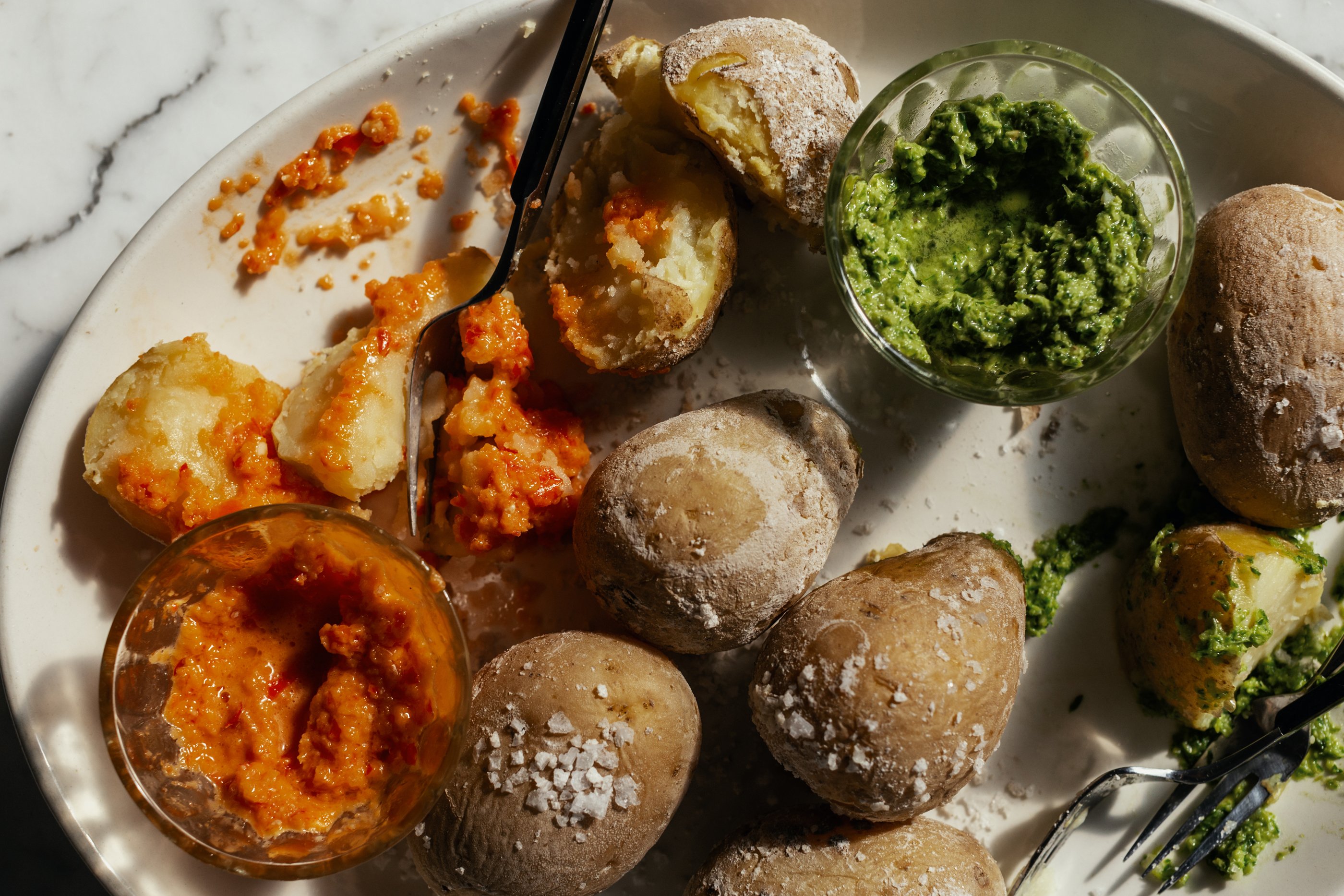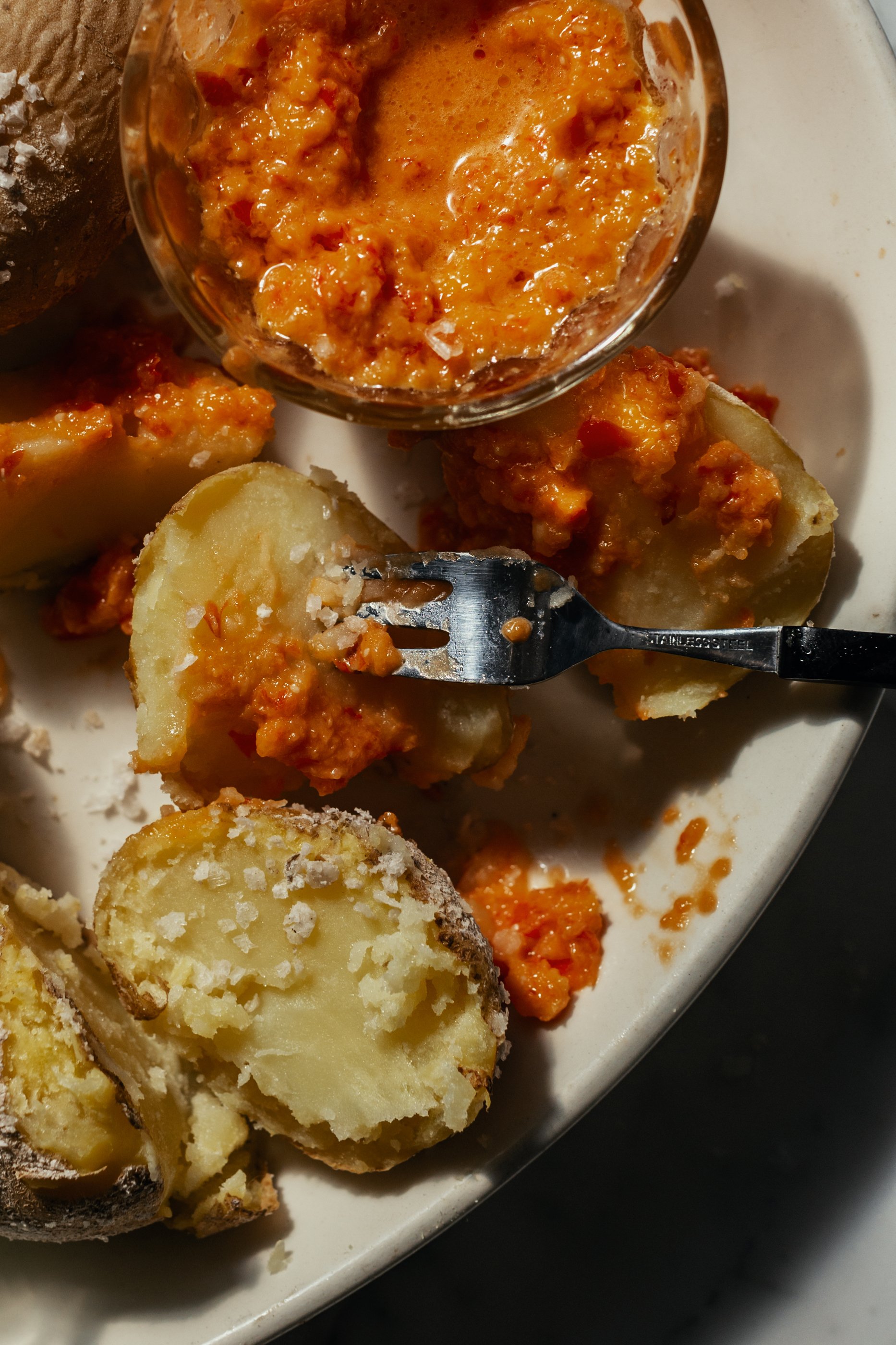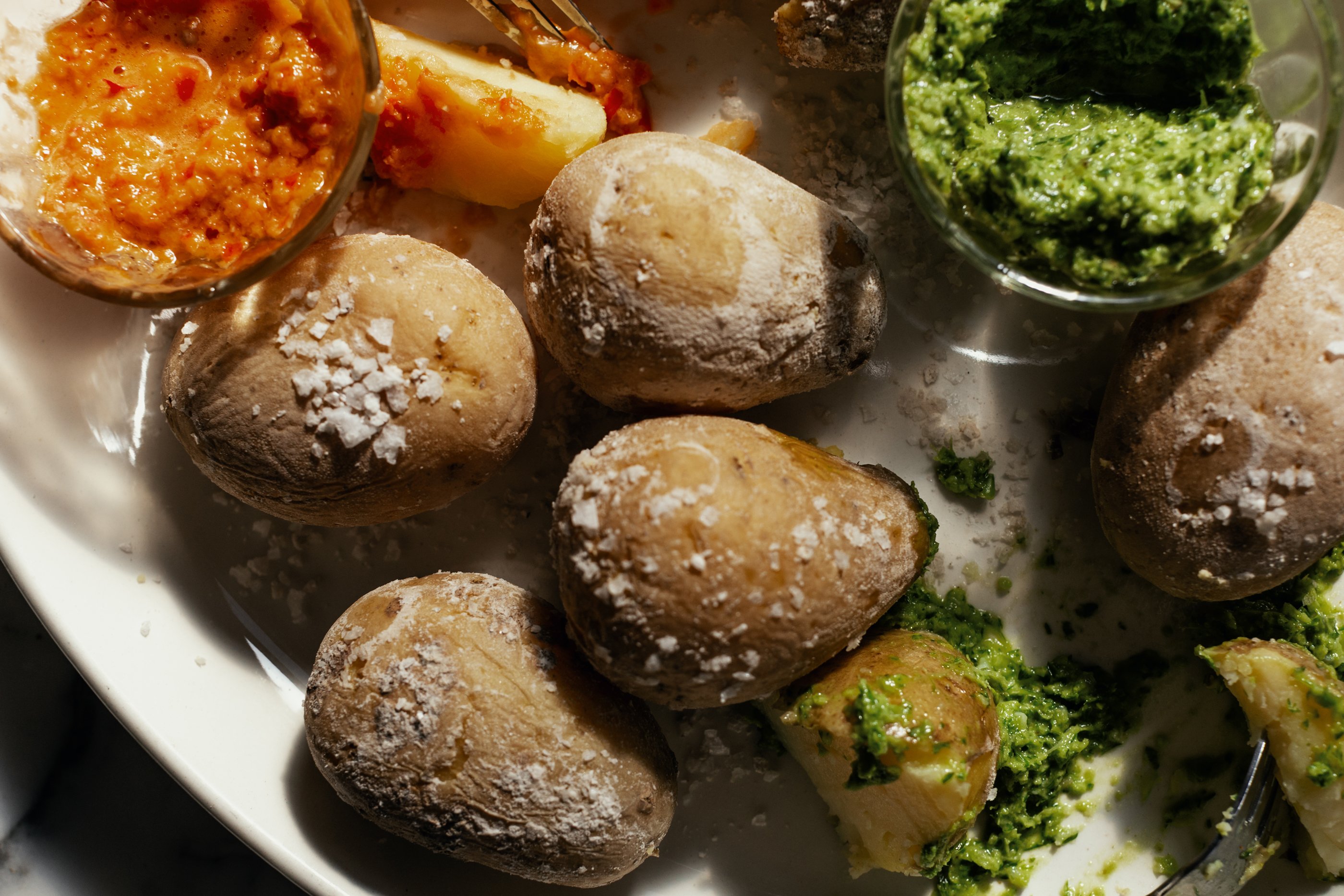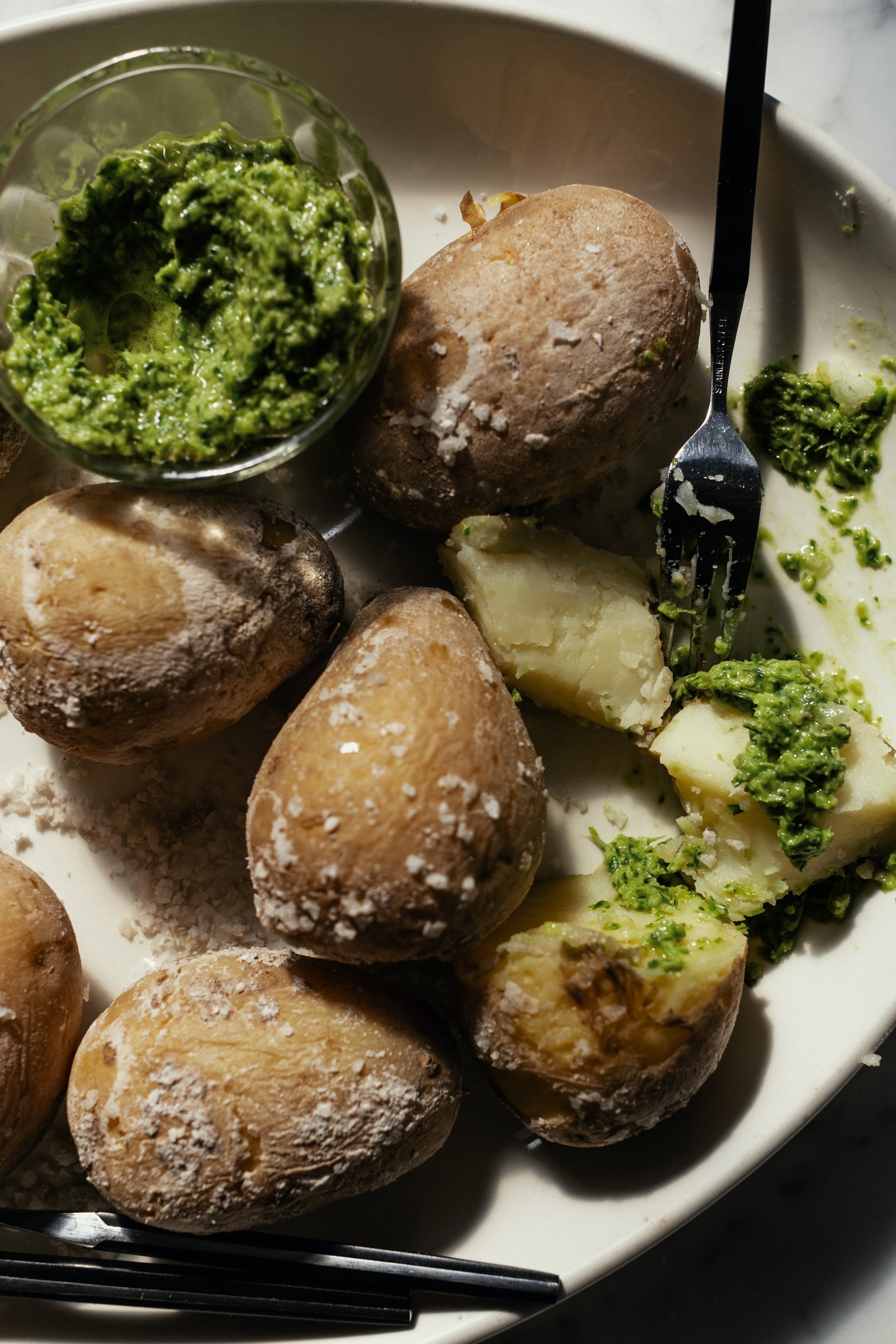Wisdom from the Canary Islands and a word on mass tourism
During my trip back to Europe, I discovered the mojo picón salsa while visiting the Canary islands. It is a less than three hours flight from Barcelona, which is not far from where my family lives in France. The archipelago of eight main islands is to be found offshore South Morocco in the Atlantic ocean. A result of volcanic formations and high exposure to the Sirocco wind, the islands are more or less dry, more or less lush, and imprinted by volcanic past and current activities. We landed on Lanzarote and also visited the neighbouring island of Fuerteventura. Both islands are marked by Earth's rage, which brought scarcity to the landscape. Temperature is hot, volcanic soil drains nutrients, and fresh water is a rare resource. This particular climate brought to the Canaries a range of low-tech and modern technologies early on—seawater desalination, divots cultivation, wind turbines, terrace crops, solar panels and so on. Something to be inspired by as the climate in many countries gets unstable and drier because of global warming.
Lastly, Lanzarote is the birth home of famous modern artist Cesar Manrique, who designed and built a few incredible houses and social places across the islands with an architect friend. They are completely integrated into the landscape and glorify natural geography. It is worth sharing about this man because of his philosophy and love of the land. "Nature has given us the splendour of life, and as a splendid mother, we have a duty to protect her from all danger, as it is on her that we depend" (1992). Manrique was also an activist who fought against the impact of mass travelling. He reported and criticised the over-construction of holiday residential, led by the greed of developers, which deformed and privatised the natural landscape of Lanzarote, and largely Spain, from the 60s until the great financial crisis of 2008. More than ever, it is time to question the scale of industrialisation.




